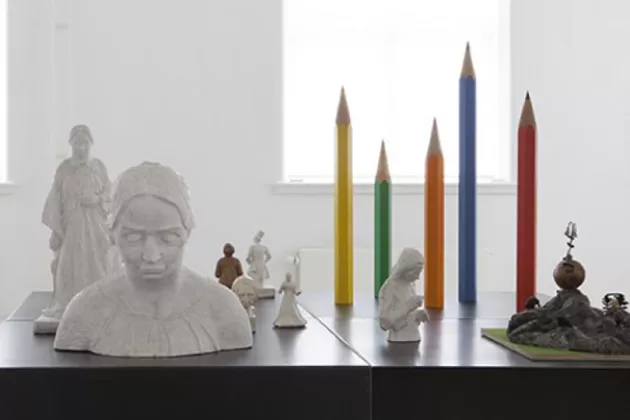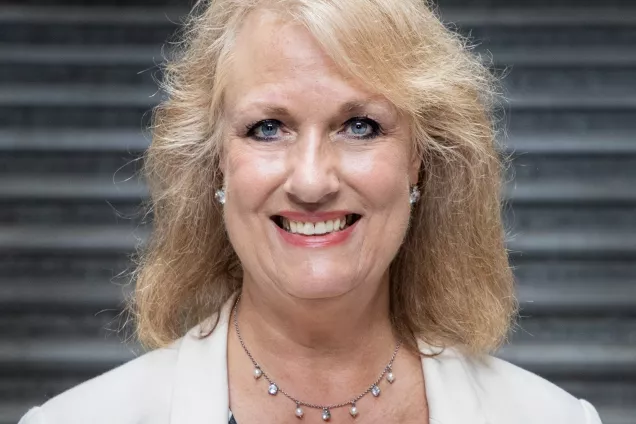The meeting was held online and the panel participants were real experts in the field from all over the world: teaching staff from the Museums & Collections Department at the University of Melbourne, from University College London, and from the Ashmolean Museum (art and archaeology) at the University of Oxford.
It was incredibly inspiring and also amazing to see what unexpected connections can be made between art collections and academic subjects. Studies in mathematics, communication and medicine can all be linked to art and culture in some way, through teaching that enriches, deepens and shows the subject from new perspectives.
As a teaching staff member at Lund University, you have access to fantastic museums, collections and cultural events to use in your teaching in various ways. It is not only music students that stand to benefit from concerts at the Odeum. The spring programme features the theme of ‟Depictions of Nature” in which music and conversations on nature and the climate will gather both musicians and researchers.
The Odeum will also pursue its series on German thinkers and music, suitable for all those whose study programmes are connected to theory of knowledge in some way. The collections of the Historical Museum, the Botanical Garden and Skissernas museum – Museum of Artistic Process and Public Art – are rich and, in many cases, unique in the world; they can be used in many different ways in teaching various subjects, as can the exhibitions at the Vattenhallen Science Centre. It has also been observed that this form of teaching fosters students’ well-being.
For inspiration, watch a recording of the webinar on creative learning with cultural collections and objects, below.
/ Ann Kristin Wallengren
Read and see more:
- Recording of the webinar Studio (instructuremedia.com)
- About the webinar Creative learning with cultural collections and objects | AHU (lu.se)
- Jim Harris | Ashmolean Museum
- Dr Thomas Kador | Arts Sciences – UCL – University College London
- Dr Heather Gaunt (unimelb.edu.au)
- Odeum programme in pdf-format



